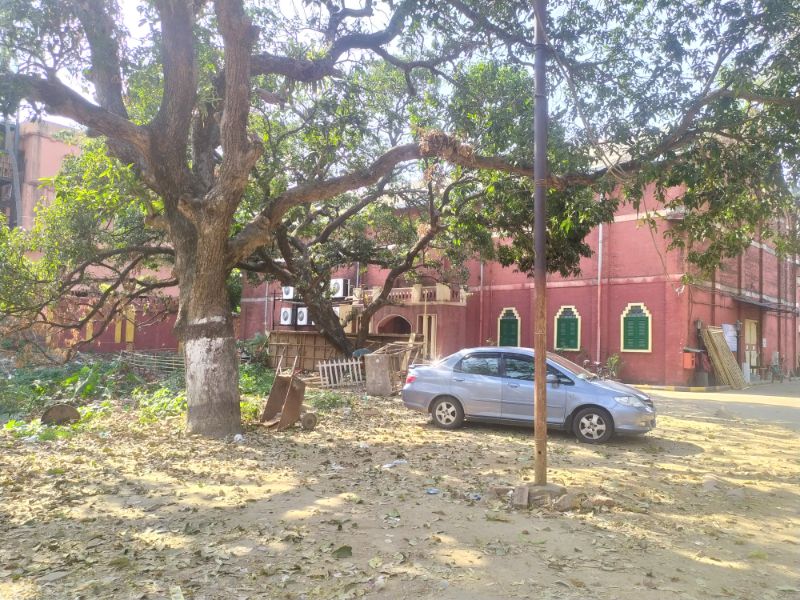
Calcutta Movietone
Address: Chandi Ghosh Road
Years Active: 1949-present
First Film: Swami
Language: Bengali
Director: Pashupati Chattopadhyay
Released on: 25.9.49 at Minar, Bijoli, Chhabighar
Which studio was the shooting location for most of Asit Sen’s films? The answer will be Calcutta Movietone. Panchatapa, Jonakir Alo, Jiban Trishna, Deep Jwele Jai, Swaralipi, Aagun, Trishna (jointly with New Theatres) — all these films of his were shot at Calcutta Movietone. After getting registered in 1946, work for the studio began in 1949. This mid-sized studio was built on seven bighas of a plot of land that had a pond and a garden. It had two floors. Apart from Indrapuri Studio, this was the only other studio that had such a big shooting floor. Bose Brothers were its managing agent. The directorial team had Kanak Bose, Kanan Devi, Bani Dutta, Rabi Bose, Prakash Bose and Captain KK Bose, among others. Sound recordist Bani Dutta came in as the chief technician from New Theatres. Tapan Sinha, who had spent two years as his assistant at New Theatres, came along with him. The equipment was new. That included the new Mitchell camera and RCA’s brand new sound system. The only weak link was the playback machine. Bani Dutta drew up a plan. The moviewallah machine was transformed into playback. Calcutta Movietone never ventured into film production. It has always flourished by giving out its floors on rent.Mr Mitra was the superintendent of the studio from 1945 to 1952. His sudden demise almost resulted in stalling the work of the studio. That’s when sound recordist Loken Bose and educationist Himangshubhushan Mukhopadhyay came forward to take on the responsibility. The newly-formed Bose-Mukherjee company started to run the studio. The ownership changed again in 1985. The new name of the studio is Kolkata Movietone.
Selected Bengali Filmography
Did You Know?
Tapan Sinha had planted a mango sapling beside a pond on the studio premises. In 1950, he went abroad. Sinha started his foray into film-making after his return to Kolkata. Many years later, he came to Calcutta Movietone to shoot a portion of Hate Bajare. Once inside, people rushed to first take him near that pond to show him how the sapling he had planted had grown into a tall tree.




